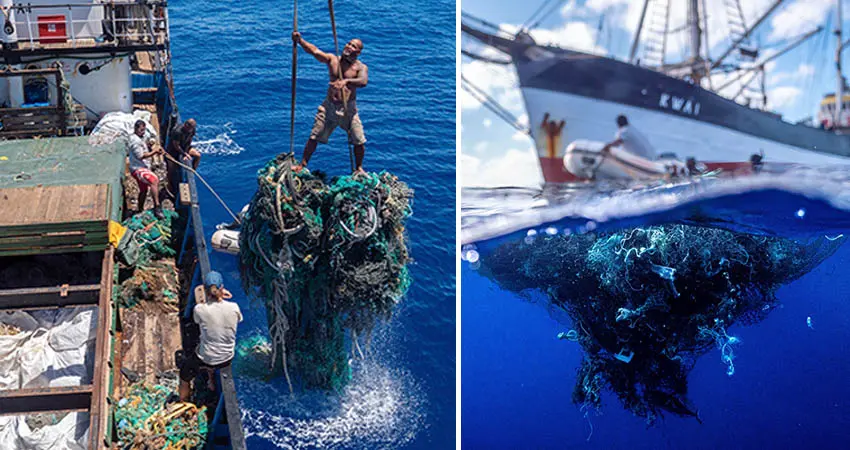An estimated 8 million tons of plastic waste enters the sea every year. As of today, there are about 5 trillion pieces of ocean plastic. This has resulted in a fast-growing threat of marine plastic pollution. Even if you live far from the coast, the plastic you throw away can still pollute the sea. And unlike other kinds of waste, plastic doesn’t decompose. This means this waste can stick around indefinitely, wreaking havoc in marine ecosystems.
Marine wildlife including fish, whales, turtles and seabirds mistake plastic waste for food. And when animals ingest plastic, it can cause life-threatening problems. Because their stomachs are filled with plastic debris, they tend to die of starvation. In some cases, this non-biodegradable waste leads to entanglement and suffocation of hundreds of marine species. And if we don’t take action now, it is predicted that plastic production and consumption will double over the next ten years. So, if this happens, we could be facing 250 million tons of plastic waste in our seas. In order to reduce the staggering amount of waste in the sea, the Ocean Voyages Institute (OVI) sets to carry out the biggest open ocean cleanup in history.
Ocean Voyages Institute Successfully Removed 103 Tons of Ocean Plastic
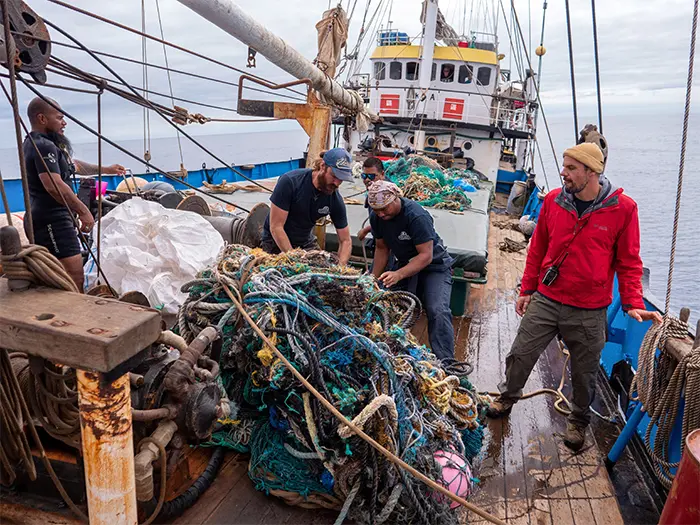
Spearheaded by Mary Crowley, founder and executive director of the organization. The project aims to remove tons of ocean plastic waste from the Great Pacific Garbage Patch. Also known as the Pacific trash vortex, this specific gyre is located between California and Hawaii. This marine region has the largest accumulation of plastic in the world. On board the institute’s marine plastic recovery vessel, the team was able to remove 48 tons of waste during their clean-ups in 2019. This year, OVI is set to double its own result from last year.
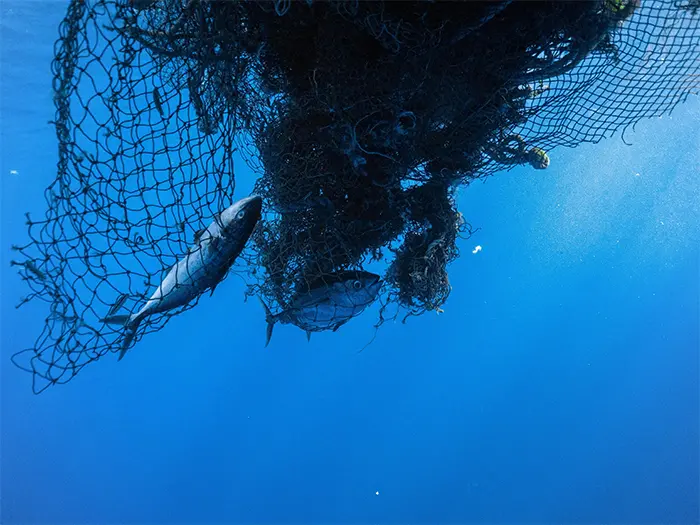
Recovered Nets And Consumer Plastic On Deck
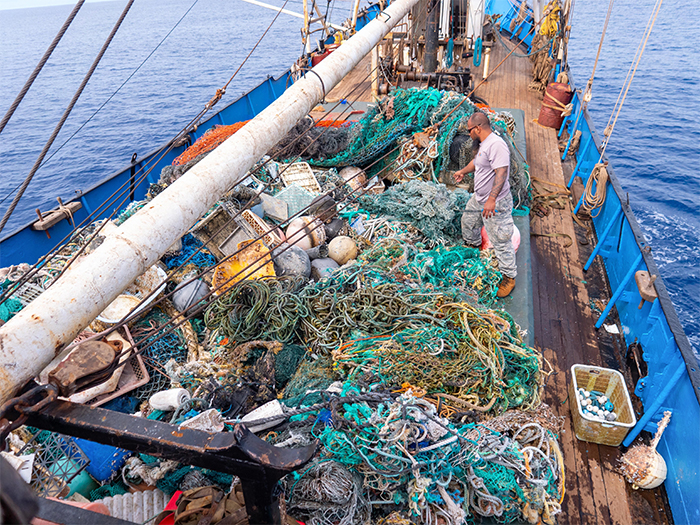
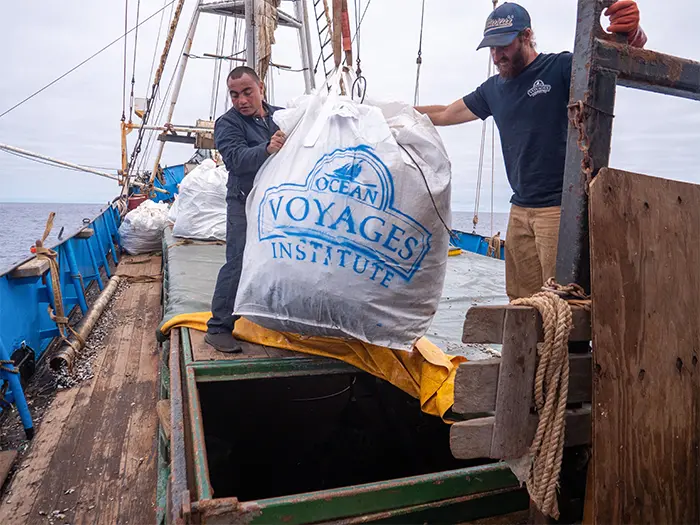
Early May this year, the OVI crew embarked on their mission from Honolulu to the Great Pacific Garbage Patch. After their 48-day expedition, they successfully recovered 103 tons of fishing nets and consumer plastics from the sea. By doing so, they were able to set a new record with the largest cleanup in the gyre to date.
“I am so proud of our hard-working crew,” Mary Crowley said. “We exceeded our goal of capturing 100 tons of toxic consumer plastics and derelict ‘ghost’ nets, and in these challenging times, we are continuing to help restore the health of our ocean, which influences our own health and the health of the planet.”

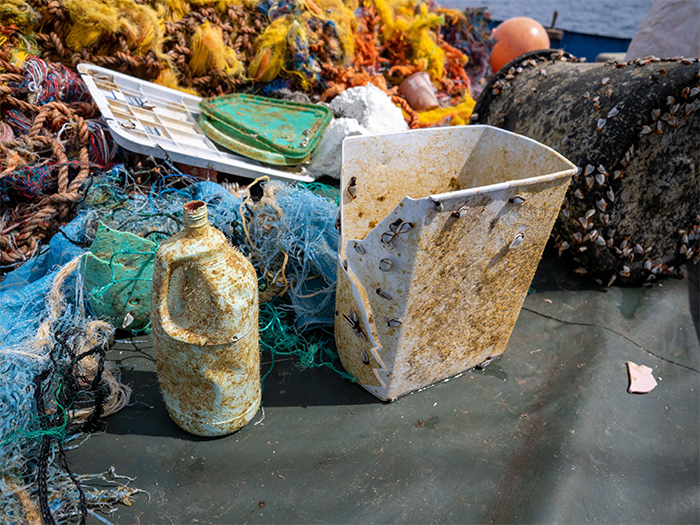
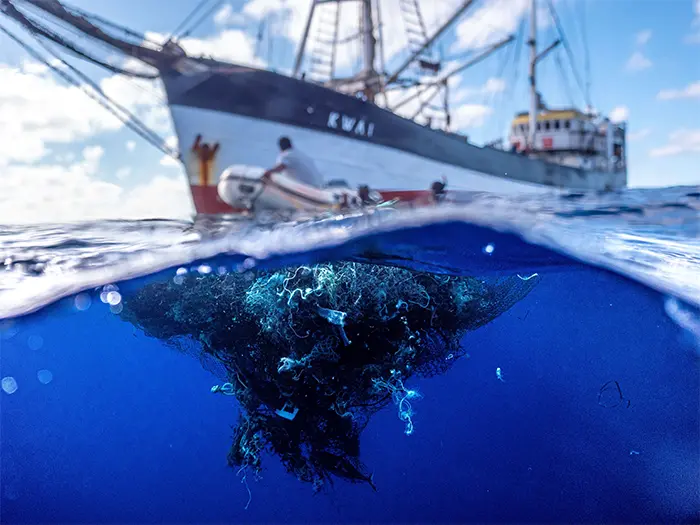
OVI will be unloading the huge amount of trash while docked alongside Pier 29, in preparation for upcycling and proper disposal. The marine vessel, S/V KWAI led by Captain Bard Ives, and the OVI crew are planning for another voyage to the Great Pacific Garbage Patch at the end of June.
The Crew Before Embarking On Their Voyage on May 4th
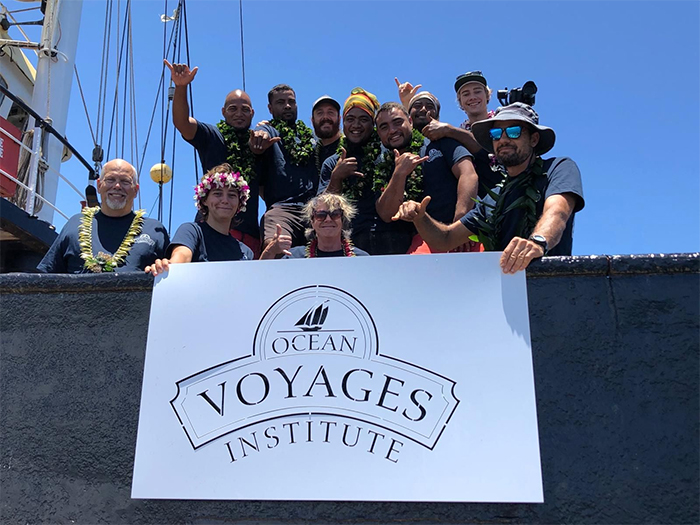
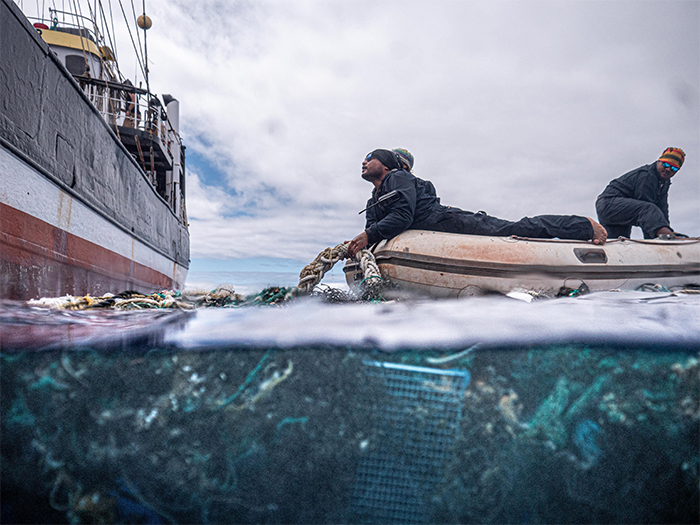
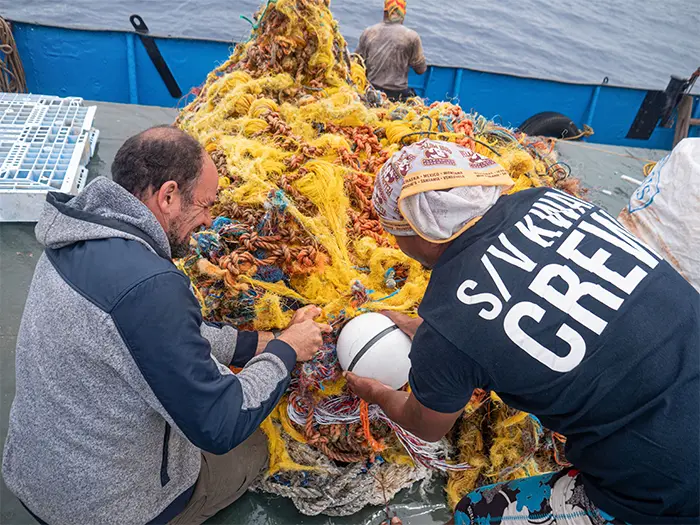
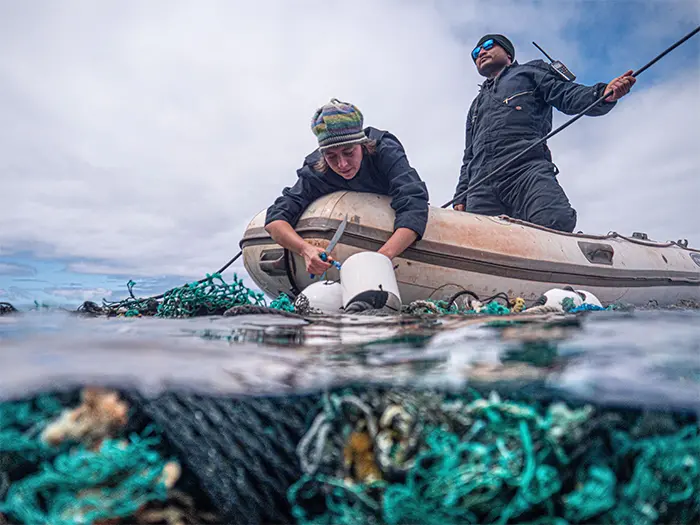

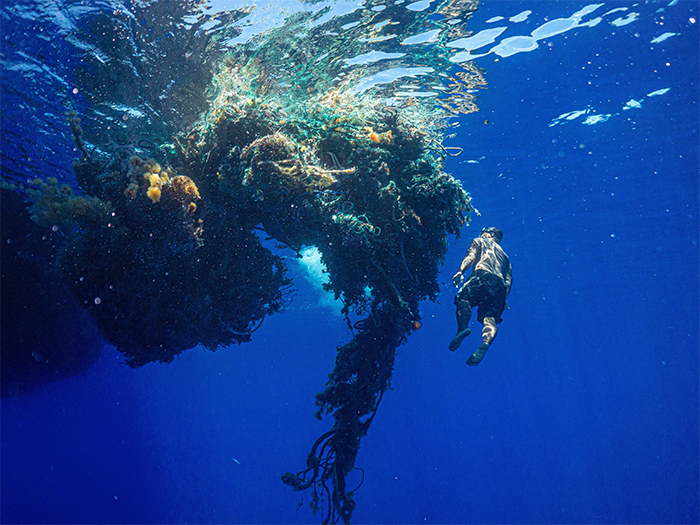
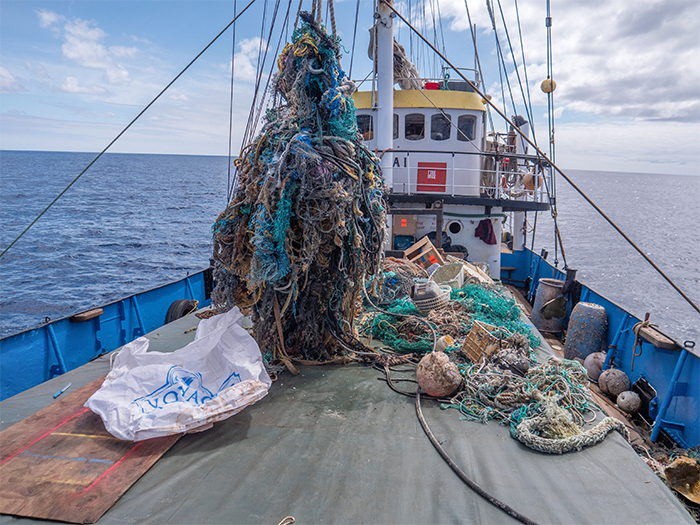
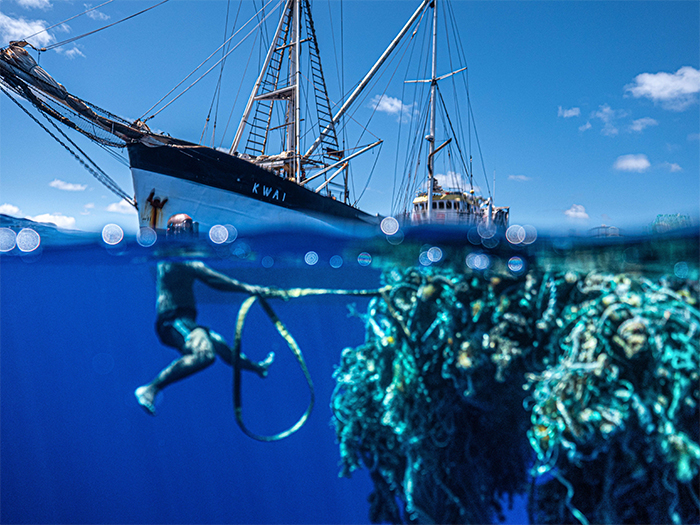
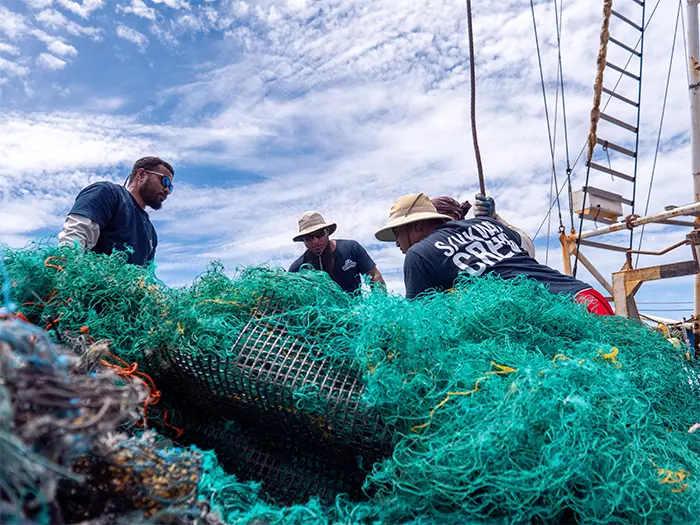
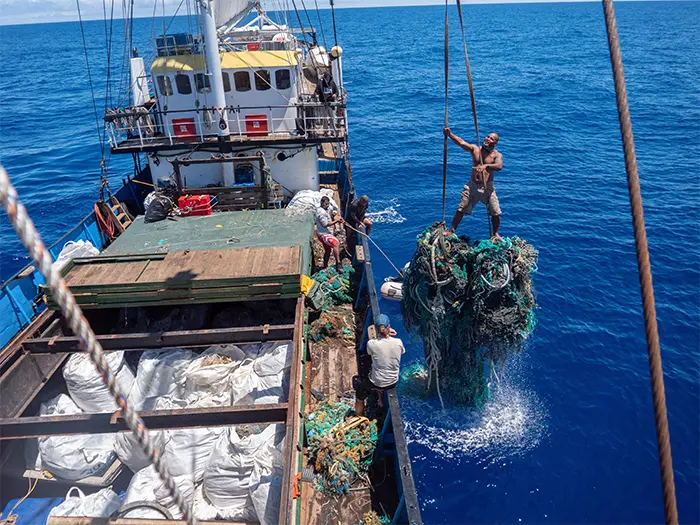
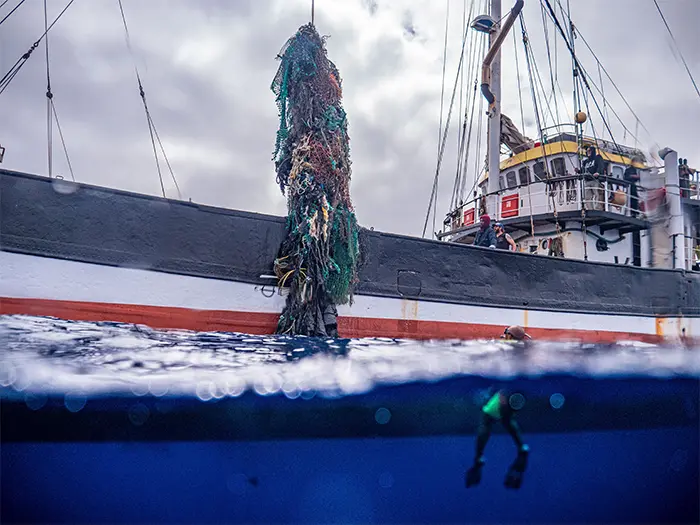
Although they were able to remove a record-breaking haul of trash, the fight against marine plastic pollution is still far from over. The mass of plastic in the gyre is estimated to be approximately 80,000 tons. Needless to say, the institute still have a long way to go before they can achieve their goal. If you want to lend a helping hand, you can donate to support their cause. And you can also do your part in saving the marine environment by reducing your use of single-use plastics and recycling properly.
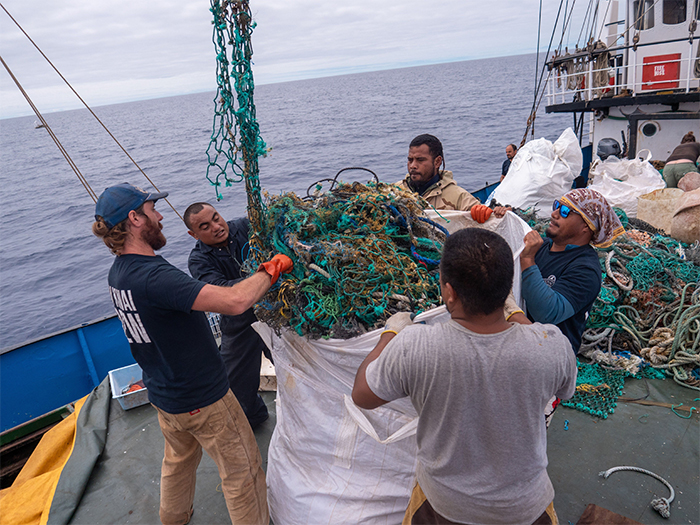
Source: Ocean Voyages Institute | Donate

